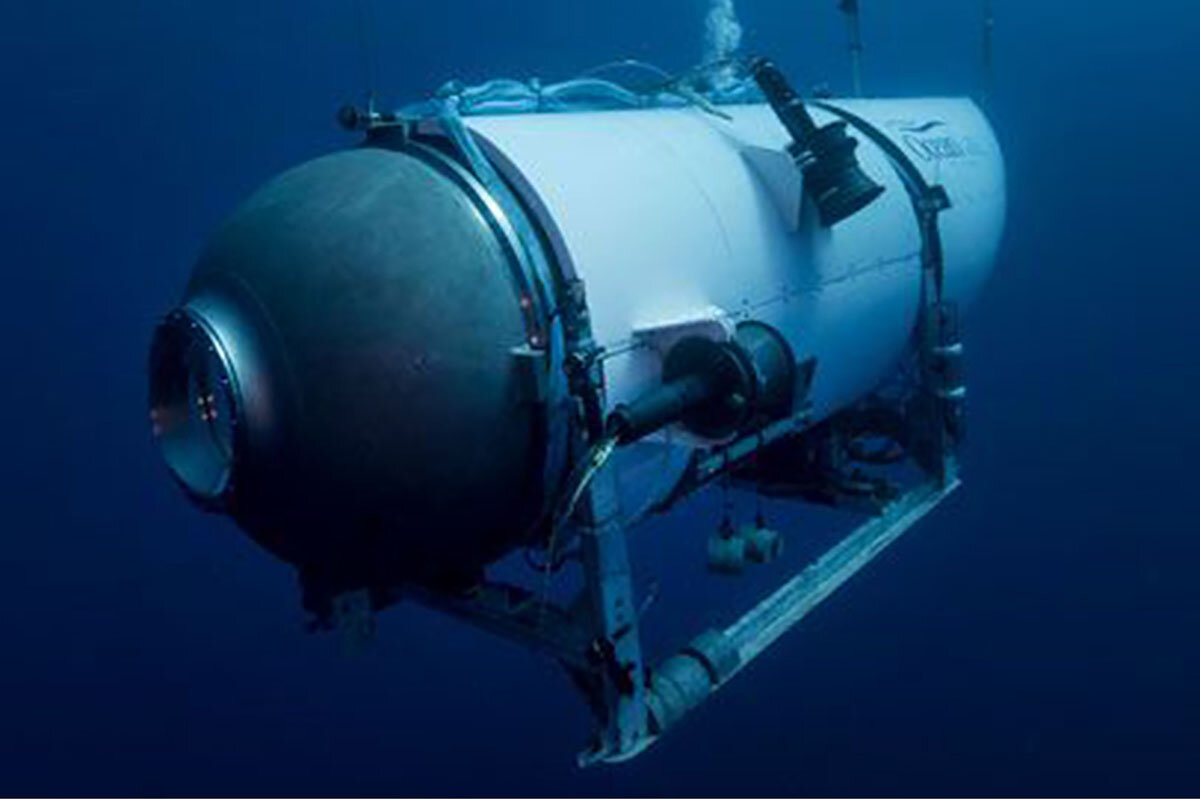Titan submersible raises questions about acceptable risk

 Mark Sappenfield
Mark Sappenfield
When a CBS reporter signed up to visit the Titanic on an OceanGate Expeditions voyage, he read aloud one key part of the waiver: “an experimental submersible vessel that has not been approved or certified by any regulatory body.”
That experimental vessel is now missing in the North Atlantic. Titan launched early Sunday morning and has not been heard from since communications were lost one hour and 45 minutes into the voyage. Five people are aboard, including the CEO of OceanGate, Stockton Rush. Titan had up to 96 hours of oxygen – on Tuesday, the U.S. Coast Guard estimated that about 40 hours were left.
Clearly, Mr. Rush felt the submersible – which he had built for this purpose – was safe. But while space-tourism outfits such as Virgin Galactic and Blue Origin navigate complex regulations, OceanGate operates in a space with greater freedom – and risk. For example, the submersible is operated by a repurposed video game controller.
The Titan crew includes Mr. Rush, a French diver who has visited the Titanic more than 30 times in other submersibles, and a British national who has captained a record-setting flight around the world and plunged to the Challenger Deep at the bottom of the Pacific, 36,000 feet down. It also includes a science-loving Pakistani billionaire and his son.
Frontiers once seen only by seasoned explorers and intrepid scientists are increasingly being opened by the power of the checkbook, with “traffic jams” on Mount Everest and chartered flights into space. OceanGate was at the vanguard of this trend, asking clients to trust its judgment in exchange for a glimpse of a legendary wreck. But as the lines between exploration and thrill-seeking blur, the incident raises questions about when the spirit of ingenuity passes the barriers of acceptable risk.




